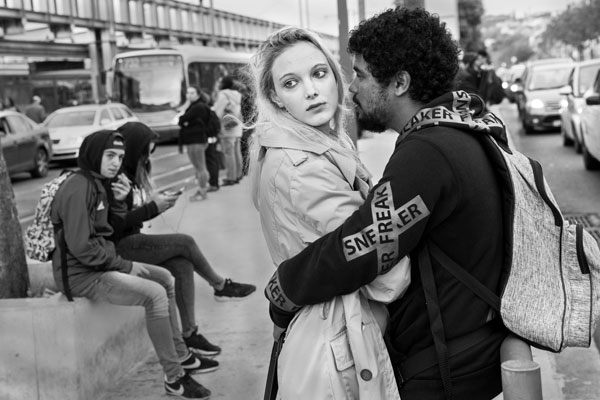The smart Trick of Framing Streets That Nobody is Discussing
The smart Trick of Framing Streets That Nobody is Discussing
Blog Article
Getting The Framing Streets To Work
Table of ContentsThe Ultimate Guide To Framing Streets6 Simple Techniques For Framing Streets8 Easy Facts About Framing Streets ExplainedExcitement About Framing StreetsRumored Buzz on Framing StreetsSome Known Factual Statements About Framing Streets
Photography category "Crufts Pet dog Program 1968" by Tony Ray-Jones Road photography (likewise sometimes called candid photography) is photography carried out for art or query that includes unmediated possibility experiences and random events within public locations, typically with the goal of catching pictures at a definitive or touching moment by careful framing and timing. 
As a result his boots and legs were well defined, but he is without body or head, because these remained in activity." Charles Ngre, waterseller Charles Ngre. https://experiment.com/users/framingstreets1 was the initial professional photographer to attain the technical sophistication needed to sign up people in motion on the road in Paris in 1851. Digital Photographer John Thomson, a Scotsman collaborating with reporter and social protestor Adolphe Smith, published Street Life in London in twelve month-to-month installations beginning in February 1877
An Unbiased View of Framing Streets
Eugene Atget is concerned as a progenitor, not since he was the very first of his kind, however as a result of the popularisation in the late 1920s of his record of Parisian streets by Berenice Abbott, that was motivated to undertake a comparable documents of New york city City. [] As the city established, Atget helped to promote Parisian roads as a worthwhile subject for photography.

Framing Streets Fundamentals Explained
The chief Mass-Observationists were anthropologist Tom Harrisson in Bolton and poet Charles Madge in London, and their first record was produced as guide "May the Twelfth: Mass-Observation Day-Surveys 1937 by over 2 hundred viewers" [] Home window more cleaner at Kottbusser Tor, Berlin, by Elsa Thiemann c. 1946 The post-war French Humanist College photographers found their topics on the road or in the diner. In between 1946 and 1957 Le Groupe des XV each year showed job of this kind. Andre Kertesz. Circus, Budapest, 19 May 1920 Road photography developed the major content of 2 events at the Gallery of Modern Art (Mo, MA) in New York curated by Edward Steichen, 5 French Digital Photographers: Brassai; Cartier-Bresson, Doisneau, Ronis, Izis in 1951 to 1952, and Post-war European Photography in 1953, which exported the idea of road digital photography globally.

10 Simple Techniques For Framing Streets
The recording machine was 'a hidden video camera', a 35 mm Contax concealed underneath his coat, that was 'strapped to the breast and attached to a lengthy cord strung down the right sleeve'. Nevertheless, his job had little modern influence as as a result of Evans' level of sensitivities about the originality of his task and the personal privacy of his topics, it was not released up until 1966, in guide Lots of Are Called, with an intro written by James Agee in 1940.
Helen Levitt, then an educator of children, connected with Evans in 193839. She recorded the transitory chalk illustrations - vivian maier that belonged to children's road culture in New York at the time, in addition to the youngsters that made them. In July 1939, Mo, MA's brand-new photography area consisted of Levitt's operate in its inaugural eventRobert Frank's 1958 book,, was significant; raw and often indistinct, Frank's images examined mainstream digital photography of the time, "tested all the official rules set by Henri Cartier-Bresson and Walker Evans" and "contradicted the wholesome pictorialism and heartfelt photojournalism of American publications like LIFE and Time".
Report this page